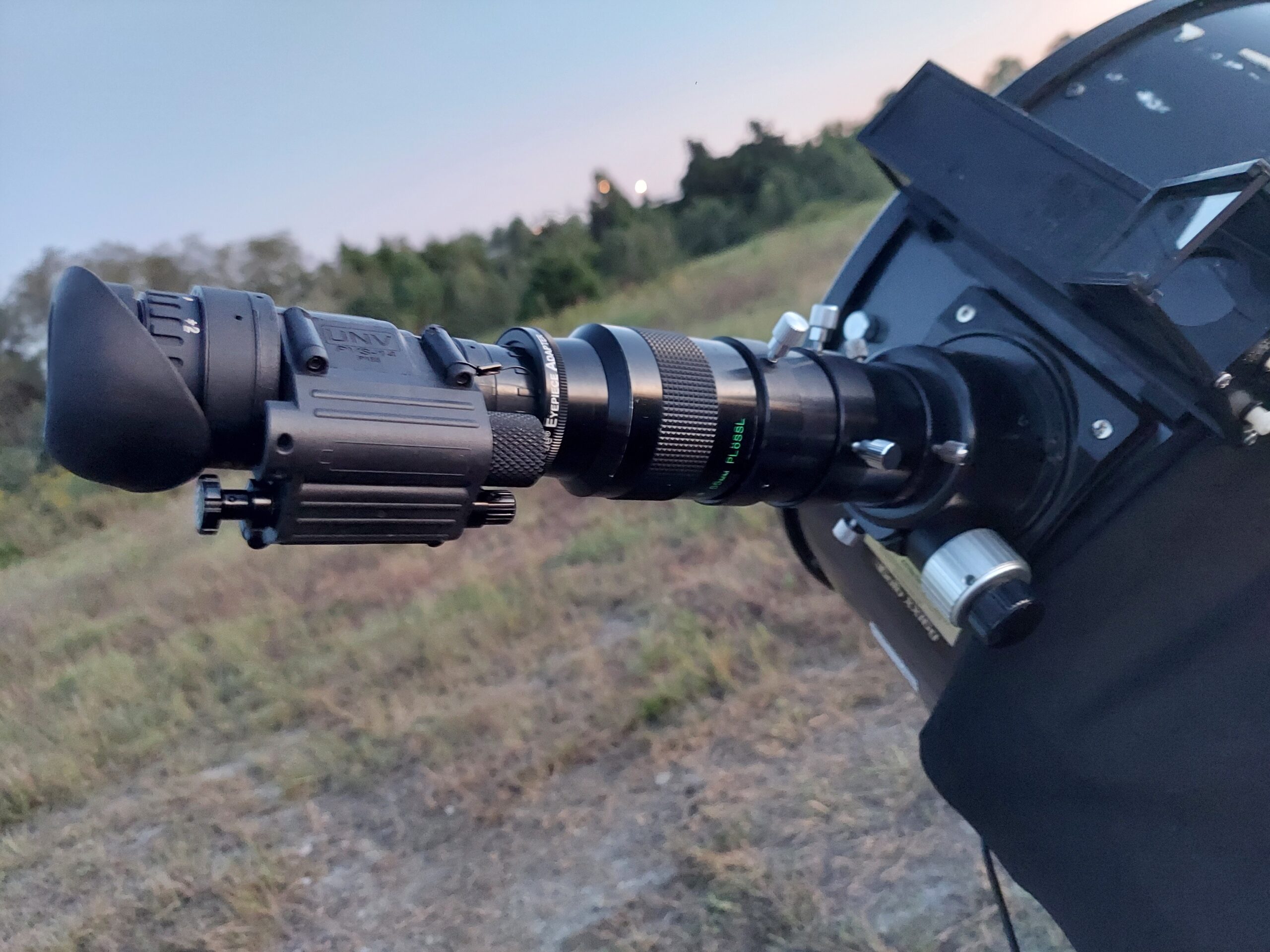What is an Eclipse?
An eclipse is an astronomical event in which an object is partially or completely obscured by another body. Eclipses occur either when an object moves between our line of sight and another object, or when an object moves into another object’s shadow.
Though we usually only refer to eclipses in the context of the sun and moon (solar and lunar eclipses), planets, stars, and even spacecraft can also be eclipsed. When an object is partially obscured, this is called a transit. When completely obscured, it is called an occultation. In common usage, transits and occultations are usually treated as separate events from eclipses.
Key Takeaways
- An eclipse is any event in which one astronomical object partially or completely obscures another.
- In addition to the sun and the moon, other planets and stars can also be eclipsed.
- Different types of eclipses are dependent on the degree to which the eclipsed object is obscured.
Understanding Eclipses
Eclipses have captivated human minds throughout our existence. In ancient times, eclipses were often considered bad omens and were surrounded by fearful mythology. Though scientific explanations have existed for hundreds of years, misunderstandings about eclipses persist in the public sphere.
An eclipse can be broadly defined as an event in which one astronomical body is partially or completely obscured by another.
A partial eclipse is technically called a transit, while a total eclipse is an occultation.
The most popular example of this phenomenon is a solar eclipse, when the moon is aligned between Earth and the sun. The moon may transit part of the sun in a partial eclipse, or occult it in a total eclipse. Because the moon’s orbit around Earth is elliptical, its angular size varies throughout the year and there are times when it is too small to cover the sun entirely. During such times, an annular eclipse can occur, where a “ring of fire” around the moon is visible.
During a total eclipse, the entire photosphere of the sun is hidden but the corona becomes visible.
Another way to think of eclipses is in the context of shadows. The Earth and the moon each cast a shadow into space, and these shadows form three parts: the umbra, where all light is blocked, the penumbra, where only part of the sun’s light is blocked, and the antumbra, where the eclipsing body is too small to completely block the sun.
During a solar eclipse, the circular shadow of the moon traces a path across the Earth. Observers within the umbra—the path of totality—will observe a total solar eclipse. Observers just outside of this path but still in the penumbra will witness a partial eclipse. When the moon is too small in angular size to completely cover the sun, only the antumbra will reach the Earth and observers will witness and annular eclipse.
When the moon falls into Earth’s shadow, we see a lunar eclipse.
Because we are on the eclipsing body in this case, the moon doesn’t become completely hidden; rather, it is darkened by the shadow, but still dimly illuminated by sunlight refracted through Earth’s atmosphere.
Therefore lunar eclipses are not referred to by the degree to which the moon is hidden (e.g. total, partial), but rather by the part of Earth’s shadow which covers it. Thus we describe lunar eclipses as umbral, when the moon is completely in Earth’s inner shadow, or penumbral, when it is in the outer part of the shadow.
When an object of large apparent size, such as the moon, eclipses a more distant planet or star, this is called an occultation.
Observation of lunar occultations is a common pastime among amateur astronomers, particularly when the moon occults a planet, bright star, or star cluster. When a smaller body partly eclipses a larger one, this is a transit. Inner planets can occasionally transit the sun; a more common sight is the transit of Jupiter’s moons.
During a shadow transit, we can observe the shadow of the Galilean moons trace a path across the great gas giant. Any hypothetical observers on Jupiter in the path of the shadow would observe a total solar eclipse.
It is even possible for stars to eclipse each other.
An eclipsing binary star is a type of variable star system where the orbital plane of the system is aligned in such a way that the stars eclipse each other at intervals, from our Earthbound perspective.
An amateur telescope would see a variable star with periodic variations in its brightness.
Internal Links
Solstace



